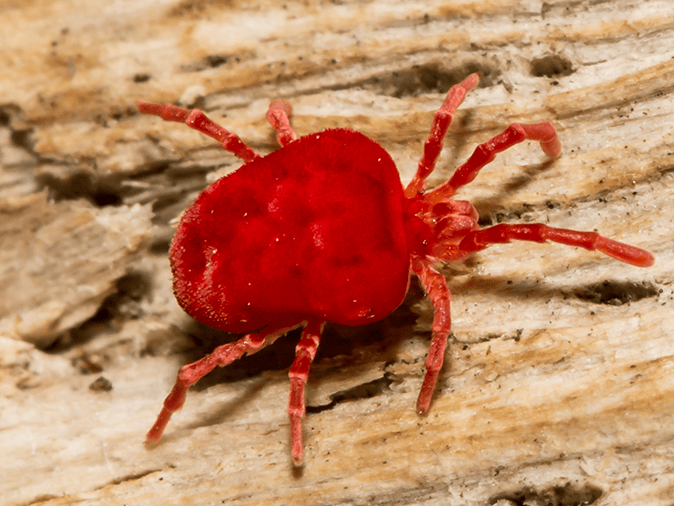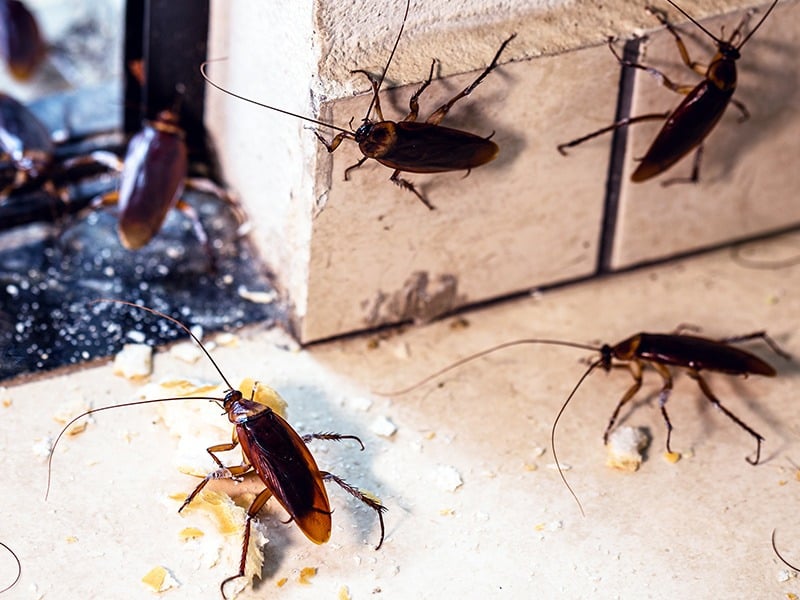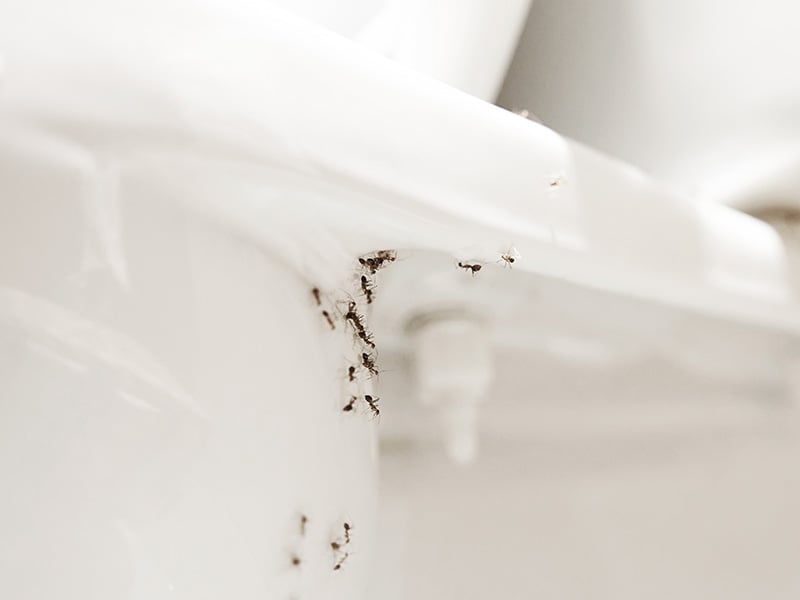
What Do Giant Red Velvet Mites Look Like?
Giant Red Velvet Mites are visible to the naked eye growing to a length of 1/2 inch. They are covered with red, velvety fine hairs. They have eight legs.
When are giant red velvet mites most active?
Life Cycle of the Giant Red Velvet Mite
Incomplete metamorphosis
Eggs are laid and young hatches emerging with six legs rather than eight. The young will go through a series of molts reaching the adult stage and forming their fourth set of legs.
Habits of Giant Red Velvet Mites
- Diet: Pests including termites.
- Activity: Mainly underground, but come above ground after monsoon rains.
- Preferred Climate: Warm, humid.
- Defense: Coloration.
- Cautions: Irritation can occur from the oils they release if on your skin, however, very rare to have human contact without human intent.
- Home Invasion: Not a typical concern because they live in the soil.
Are Giant Red Velvet Mites Dangerous?
Giant red velvet mites do not bite or sting however, skin can become irritated when their oils are released.
Where Do Giant Red Velvet Mites Nest?
Giant red velvet mites are notorious for making multiple nests in any area they settle in. Loose bedding is a common nesting site for these red mites.
Helpful Hints for Giant Red Velvet Mites
To prevent giant red velvet mite problems on your property, try implementing these prevention tips:
- Keep other insect populations under control to minimize their food source(s).
- Monitor their population and if you notice eggs anywhere, make a note on whether they are increasing year over year.
- These red mites may develop a resistance to insecticide so talk with a local pest control specialist.
Interesting Facts About Giant Red Velvet Mites
In India, the oils of the giant red velvet mite are considered an aphrodisiac, therefore, they are often captured and sold in stores.
How Do You Get Rid of Giant Red Velvet Mites?
If you’ve found giant red velvet mites or other nuisance pests infesting your yard or home, contact Northwest Exterminating today! Offering home pest control services in Phoenix and Tucson, you can count on our team of experts to eradicate pest activity!

Testimonials
Request Your FREE Estimate
Have questions or need help getting rid of Africanized honey bees or other pests? Simply complete the form below or give us a call!



